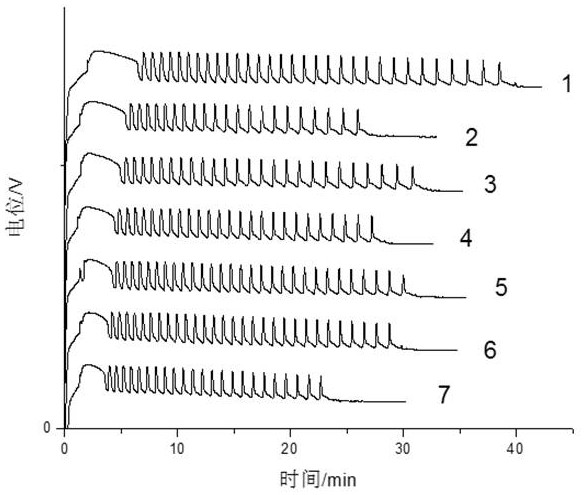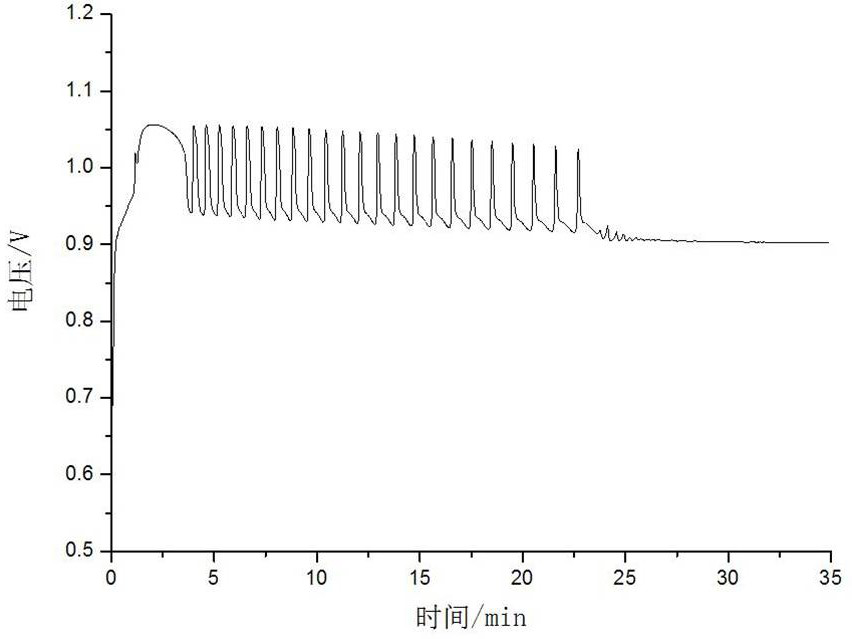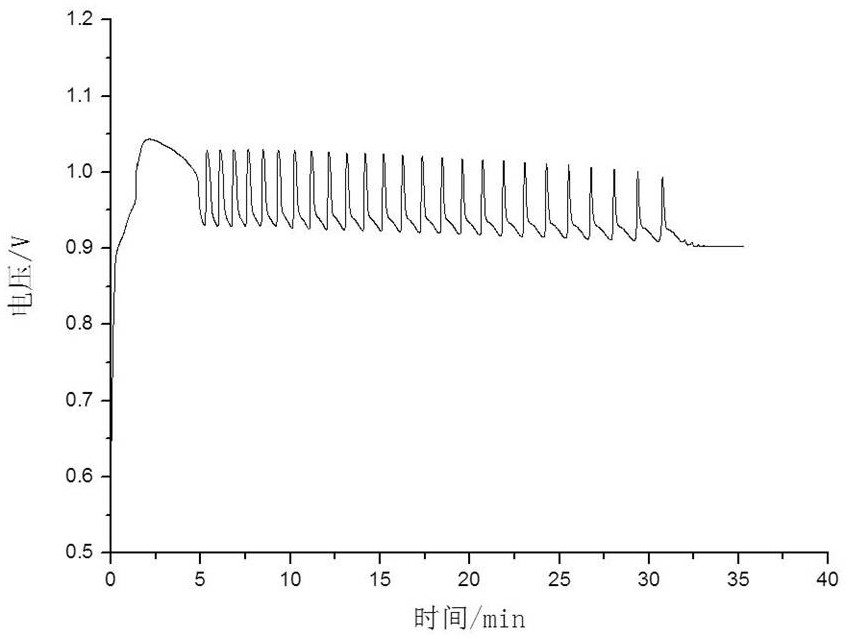A method for identifying the origin of millet based on nonlinear chemical fingerprint
A non-linear chemical and fingerprint technology, applied in the identification of millet origin based on non-linear chemical fingerprint, can solve problems such as infringing on the interests of consumers, and achieve the effect of increasing the speed
- Summary
- Abstract
- Description
- Claims
- Application Information
AI Technical Summary
Problems solved by technology
Method used
Image
Examples
Embodiment 1
[0065] The method for identifying millet from different origins based on nonlinear chemical fingerprints, comprising the following steps:
[0066] A. Establish the nonlinear chemical fingerprint of the chemical composition after pretreatment:
[0067] Ⅰ. Sample pretreatment:
[0068] S1. The millet is pulverized, passed through an 80-mesh sieve, then soaked in water at a temperature of 50° C. for 120 minutes, and then subjected to beating treatment, and the obtained is recorded as millet pulp;
[0069] S2. Add 0.3% mixed protease to the millet pulp obtained in S1 and adjust the pH to 6.0, then place it in an ultrasonic cell breaker for 4 minutes, adjust the water temperature to 48°C, soak for 5 hours, and record the obtained as Mixing component A;
[0070] S3. Add 0.4% of the compound amylase to the mixed component A, adjust the pH value of the mixed component to 5.8, adjust the water temperature to 50°C, disperse ultrasonically for 4 minutes, then soak in heat for 25 minute...
Embodiment 2
[0106] The method for identifying millet from different origins based on the nonlinear chemical fingerprinting technique comprises the following steps:
[0107] A. Establish the nonlinear chemical fingerprint of the chemical composition after pretreatment:
[0108] Ⅰ. Sample pretreatment:
[0109] S1. The millet is pulverized, passed through an 80-mesh sieve, then soaked in water at a temperature of 55° C. for 140 minutes, and then subjected to beating treatment, and the obtained is recorded as millet pulp;
[0110]S2. Add 0.5% mixed protease to the millet pulp obtained in S1 and adjust the pH to 6.5, then place it in an ultrasonic cell disruptor for 6 minutes, adjust the water temperature to 50°C, and soak it for 7 hours. The obtained is recorded as Mixing component A;
[0111] S3. Add 0.5% compound amylase by mass to the mixed component A, and adjust the pH value of the mixed component to 6.0, adjust the water temperature to 52°C, ultrasonically disperse for 6 minutes and ...
Embodiment 3
[0147] The method for identifying millet from different origins based on the nonlinear chemical fingerprinting technique comprises the following steps:
[0148] A. Establish the nonlinear chemical fingerprint of the chemical composition after pretreatment:
[0149] Ⅰ. Sample pretreatment:
[0150] S1. The millet is pulverized, passed through an 80-mesh sieve, then soaked in water at a temperature of 65° C. for 160 minutes, and then subjected to beating treatment, and the obtained is recorded as millet pulp;
[0151] S2. Add 0.7% mixed protease to the millet pulp obtained in S1 and adjust the pH to 7.0, then place it in an ultrasonic cell breaker for 8 minutes, adjust the water temperature to 50°C, and soak it for 9 hours. The obtained is recorded as Mixing component A;
[0152] S3. Add 0.7% of the compound amylase to the mixed component A, adjust the pH value of the mixed component to 6.5, adjust the water temperature to 55°C, ultrasonically disperse for 8 minutes and then s...
PUM
 Login to View More
Login to View More Abstract
Description
Claims
Application Information
 Login to View More
Login to View More - R&D
- Intellectual Property
- Life Sciences
- Materials
- Tech Scout
- Unparalleled Data Quality
- Higher Quality Content
- 60% Fewer Hallucinations
Browse by: Latest US Patents, China's latest patents, Technical Efficacy Thesaurus, Application Domain, Technology Topic, Popular Technical Reports.
© 2025 PatSnap. All rights reserved.Legal|Privacy policy|Modern Slavery Act Transparency Statement|Sitemap|About US| Contact US: help@patsnap.com



